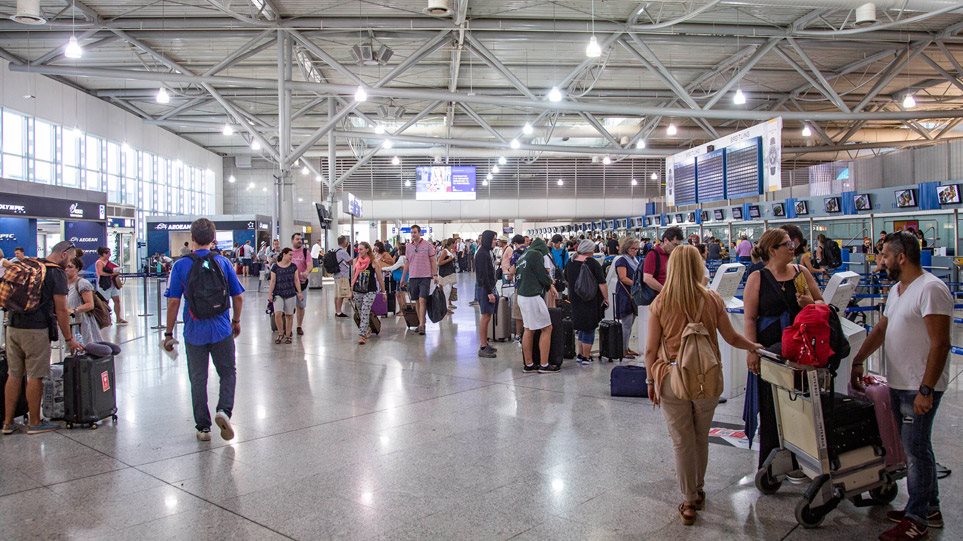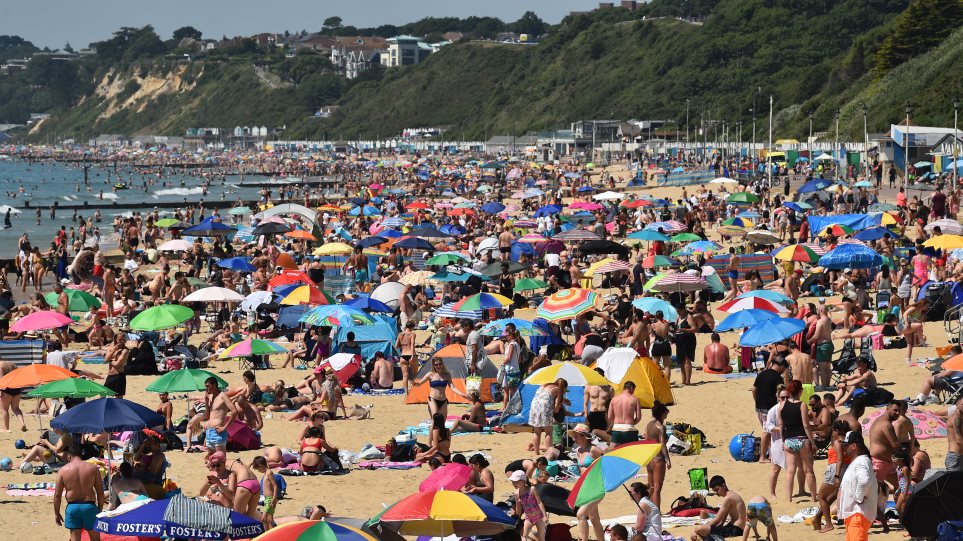A preliminary agreement, the result of a difficult compromise, was reached by the European Union on the opening of its borders to third-country nationals on 1 July. After hours of deliberation, the permanent representatives of the member states in Brussels decided to instruct the Croatian Presidency of the EU Council to make a list of 14 third countries (non-EU countries) based on their epidemiological data, in order for the EU to open its borders without endangering the public health of European citizens.
The list, agreed in principle by the “27” permanent representatives and expected to be published on Monday by the Croatian presidency of the Council, includes countries that have the same or fewer cases of coronavirus than the European average per 100,000 people, while other factors such as the reliability of the data of each country will be taken into account.
The list of countries with which the EU will open its borders includes Canada, Australia, Japan, Montenegro, New Zealand, South Korea, Tunisia, Thailand and possibly China if Beijing agrees to also open its borders to European citizens.
Apart from this list, there are countries such as the United States of America, Russia and Brazil, despite the clear political pressures, which delayed the achievement of this agreement by the EU member states. Especially Washington, which is in talks with Brussels, has officially expressed its desire to be included in the EU’s “safe list” with Foreign Minister Mike Pompeo arguing that his country is in talks with the EU to reach an agreement, stressing that at least twelve European countries, which he did not name, push for the opening of European borders with the US.
Bernie Ecclestone says “in many cases black people are more racist than white people”
The list, which will be announced by the Croatian presidency of the Council, is more of a “recommendation” than a commitment by EU member states that have the right to impose their own controls on their borders. However, the EU’s “27” wants to reach a common agreement to coordinate the opening of the EU’s external borders. Several EU member states, such as Portugal and Greece, whose economies depend heavily on tourism, wanted more third countries to be included in this list, while some member states of northern Europe such as Sweden were pushing for an even smaller list.
Some EU member states, such as Portugal, Germany and Spain, have seen an increase in cases of Covid-19 since they decided to ease the quarantine and now they are implementing local and targeted measures. However, an average of 16 cases per 100,000 people have been reported across the EU over the past two weeks, and this is the rate at which a third country will be included in the EU’s “safe list”. In the US the number is 122 cases per 100,000 people and the trend seems to be growing.
It has been decided that they EU will be reviewing the list of safe third countries every two weeks to record possible changes in the number of cases.






































